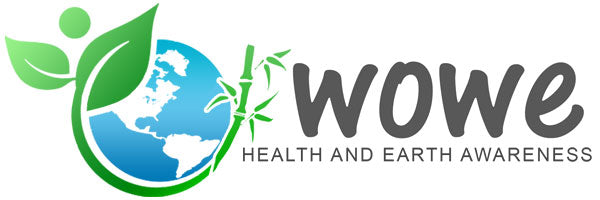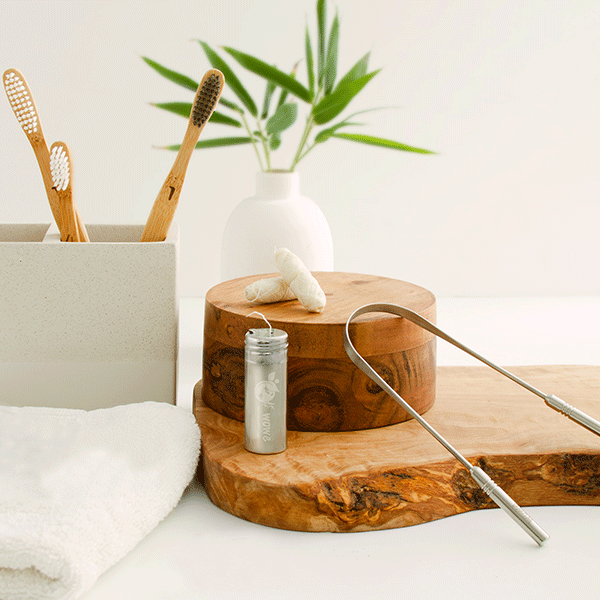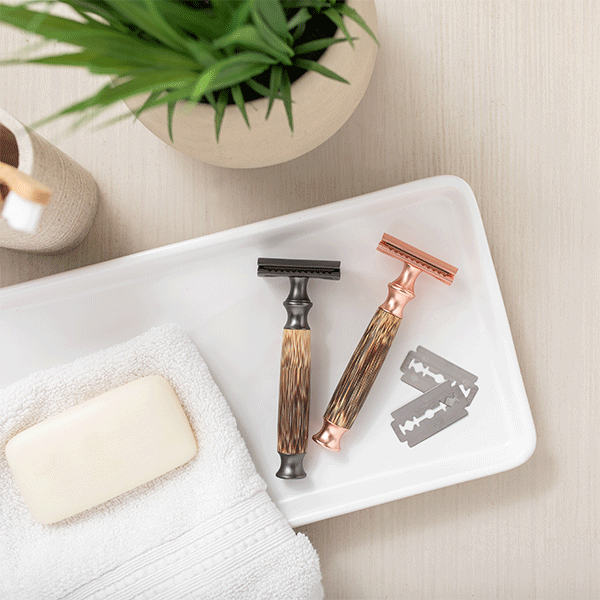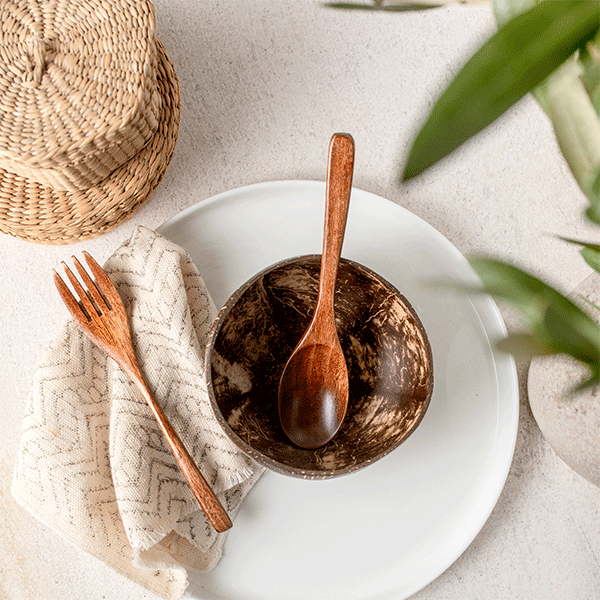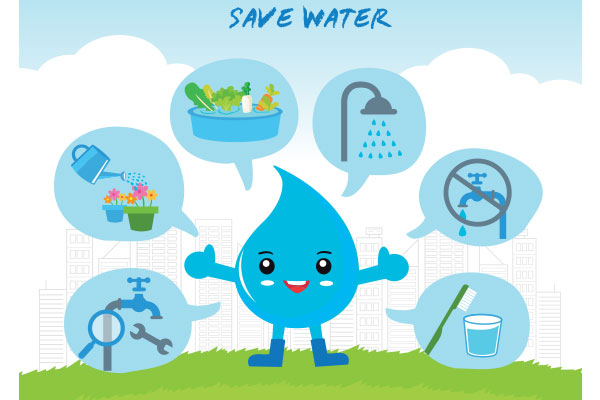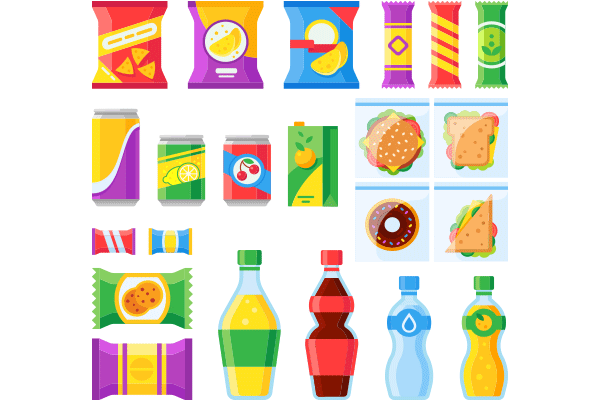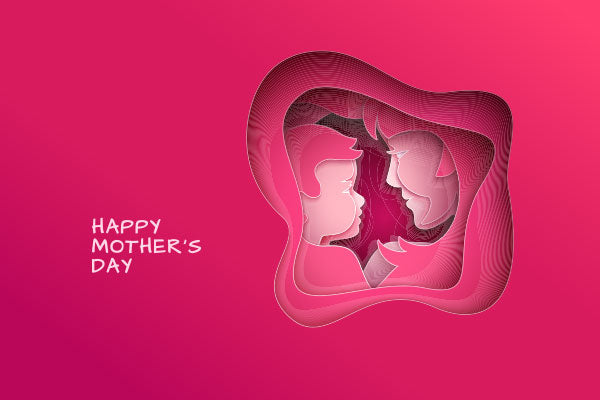Product packaging is one of those things you take for granted until you don’t. Most of us pay no mind to the huge boxes that hold our toys, or the slick plastic bags that protect our household products, or the layers of plastic protecting our favorite foods in the aisles of a grocery store. Why don’t we take notice? Because we are used to it. Though not taking notice of something entirely normal to you is a perfectly reasonable response, packaging has gone unnoticed for too long. With pollution rates rising, now is a great time to learn a little more about how traditional packaging affects the environment and what you can do to cut back on global waste.
Types of Packaging
There are lots of different types of packaging, each with their own advantages and disadvantages. In this article, we will focus primarily on the biggest culprits of being excessive, hard to recycle, non-recyclable, and toxic to the planet. Here are several types of packaging that may have a negative impact on global health:
- Plastic Package Bags:Plastic bags are one of the most popular types of packaging for food and edible items, and one of the most commonly seen items in landfills and in oceans. These popular packaging options are recyclable, but that doesn’t mean they get recycled. Plastic bags are most often thrown away, sent to landfills, or dropped to float aimlessly into natural ecosystems where wildlife eat and become trapped in them.
- Chip Bags:Though not exclusively created to hold chips, this iconic packaging method is most commonly seen in the snack aisle. Chip bags are made from layers of aluminum and plastic, helping to make them resistant to damage, durable, and lightweight.
Because chip bags are made from layers of aluminum and plastic, chip bags are not recyclable. Not only can chip bags not be recycled they also do not decompose, and are therefore destined to sit in landfills until they turn to dust, which can take hundreds of years. The best solution for keeping chip and snack bags out of landfills is to repurpose them; some companies and individuals collect chip and snack bags and use them to weave bags, art pieces, toys, and more.
- Ubiquitous Plastic Packaging:The term ubiquitous plastic packaging refers to the packaging you see on over 60% of consumer products. While most plastic packaging is recyclable, that doesn’t mean it isn’t doing harm to the planet. With over 4000 identifiable chemicals being utilized in the making of plastic packaging, it is no surprise that some of them may be harmful to human health. According to research done by ChemTrust, 68 of the identifiable chemicals in plastic packaging are hazardous for the environment, and a further 64 were determined hazardous for human health.
- Single-Serving Food Packaging:Though many single-serving packages are made from recyclable plastics and are technically recyclable, they are often not actually recycled and wind up finding their ways into landfills. This is because most single-serving food packages to not meet material or size requirements, making them extremely difficult to process and sell.
Most yogurt cups, for example, are made of polypropylene, a plastic that is typically more expensive for recycling companies to process than other types of plastic. Because of this, many recycling companies won’t even collect single-serving plastic food packaging.
- Plastic Bottles:Everything from drinks to hair products come in plastic bottles, and though these plastics are typically recyclable, they aren’t being made into what you think. Even if you recycle your plastic bottles, chances are good you won’t be buying a bottle made of recycled material anytime soon. This is because the majority of plastic bottles are exported to emerging markets to be used in the production of fabrics and other synthetic materials. So yeah, plastic bottles aren’t being recycled, even when you recycle them.
- Russian Doll Boxing: Russian doll boxing is a method rather than a specific type of packaging, but it is nonetheless extremely wasteful. Russian doll boxing refers to the practice of packaging products that are already in boxes in a second or even a third box. This phenomenon has mostly come about as a result of online shopping. Though cardboard boxes can be recycled, this excessive use of packaging has accelerated the rate at which consumers are disposing of even recyclable items.
- Pizza Boxes: Since they are made from cardboard, pizza boxes are in theory recyclable, but again this theory doesn’t entirely ring true. Pizza boxes are often considered non-recyclable items due to the presence of residual food inside them. This goes for all cardboard packaging: if there’s food touching it, it isn’t recyclable and will go straight to the landfill.
- Styrofoam:Styrofoam is present in tons of packaging, and often used to hold single servings of food or beverages. Though styrofoam is a great insulator, very lightweight, and easy to ship/use, this popular packaging material is bad for the environment and human health. Only around 1% of styrofoam is recycled, and the rest ends up in landfills or oceans. In addition to being a major contributor to landfill overcrowding and ocean pollution, styrofoam contains carcinogenic chemicals that may be harmful to humans.
Packaging Manufacturing Health Risks
Besides being omnipresent in landfills, packaging also contributes to global pollution during the manufacturing process. The packaging manufacturing industry contributes significantly to toxins and pollution released into the air, with plastic package manufacturing making up 14% of the national total of air pollution alone. Among the chemicals released into the air by packaging manufacturers are acetone, methylene chloride, styrene, sulfur oxides, methanol, and other toxic chemicals.
Besides posing a threat to the health of the planet and our air purity, packaging manufacturing practices may also affect the products being packaged. Food, for example, may be susceptible to absorbing the harmful chemicals associated with packaging production. This means that plasticizers, lubricants, anti-static agents, and many other toxic chemicals may be present in the food we eat, potentially causing health problems for us and future generations.
Eco-Friendly Alternatives
With so many products packaged in excessive plastic, cardboard, aluminum, and styrofoam, it may feel as though there is no effective solution to the problem of harmful packaging. Lucky for all of us, there are eco-friendly packaging alternatives that may prove to be the answer to fixing some of our global pollution problems. Here are some simple eco-friendly alternatives to help you live an eco-friendly lifestyle free from harmful packaging:
Natural Toothbrushes
The Wowe Eco-Friendly Natural Bamboo Toothbrush is great for the environment on its own, but combine it with its eco-friendly and recyclable packaging and it’s a home run! This amazing toothbrush is made without any of the harmful chemicals associated with traditional plastic toothbrushes, and best of all the packaging is entirely plastic-free! Most traditional toothbrushes will come packaged under a hard plastic shell, which will likely end up in a landfill. Plastic-free and made from recyclable materials, this is a product you can buy and use without guilt.
Reusable Produce and Grocery Bags
Wowe Lifestyle has created natural grocery and produce bag alternatives that are fully reusable, washable, and made from organic cotton. With these bags in toe, you can avoid using single-use produce bags that will likely end up in a landfill.
Reusable produce and grocery bags can also be used to buy groceries in bulk! Buying in bulk is a great way to cut down on the amount of packaging you purchase. Buying in bulk is also often more affordable than buying prepackaged items. This is an amazing solution for purchasing grains, baking products, beans, candy, and much more.
Stainless Steel Water Bottle
Plastic water bottles are a huge contributor to global pollution, and though they are recyclable, they are rarely actually recycled. Purchasing a Stainless Steel Water Bottle from Wowe is a great way to avoid unnecessarily purchasing single-serving plastic products. Easy to clean and double vacuum insolated, this water bottle can hold hot or cold liquids so you never have to leave the house without a refreshing drink.
Floss
Dental floss typically comes in a mixed-plastics case that cannot be recycled and must be sent to the landfill. Our Biodegradable Silk Dental Floss comes in completely recyclable packaging and comes with a reusable stainless steel box for easy use of the floss. Without any of the plastics or non-recyclable materials you would typically find in drugstore flosses, this is yet another dental delight that will protect your mouth and the environment.
Are you interested in finding out more about how your favorite products affect the environment? Do you want to live a greener, cleaner life? Learn more about plastic packaging alternatives and green living with Wowe!

